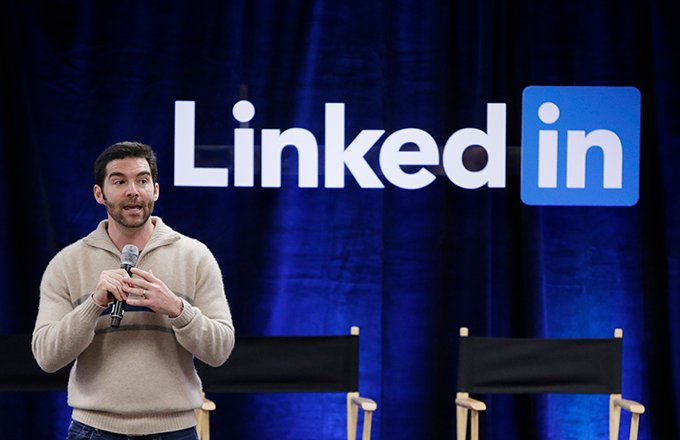[ad_1]
Indeed vs. LinkedIn: An Overview
More and more people take to the Internet to find jobs. There are many employment websites to choose from. However, some operate differently, adding complexities to the job search.
Two of the most popular resources for job seekers are LinkedIn (LNKD) and Indeed.com. These sites offer a variety of employment opportunities; however, LinkedIn and Indeed.com are very different. LinkedIn is built as an employment-related social network, while Indeed.com is a metasearch engine for job listings.
Key Takeaways
- Indeed.com is a job board that aggregates postings from many sources, allowing users to search for specific positions.
- Indeed earns money through the pay-per-click model and web advertising.
- LinkedIn is a social network for professionals and job seekers that offers a variety of services and makes money through premium subscriptions and enterprise solutions.
Indeed.com
Austin, Texas-based Indeed.com was founded in November 2004. It was created as a job listing board to compete with growing job boards, such as Monster.com and HotJobs. In 2010, Indeed.com became the most visited jobs website in the U.S. and, as of May 2019, boasts over 250 million unique visitors each month. It also lists jobs in over 60 countries and 28 languages.
A metasearch engine aggregates job postings from thousands of websites and employment firms, including company career web pages and recruiting firms. Prior to 2011, Indeed.com directed users to external job listings, but now the site allows job seekers to apply directly for jobs from within Indeed.com. Because of its ability to pull job listings from many diverse sources, the site offers a comprehensive listing of available job openings, which can be searched for by keyword, job title, industry, or level of experience.
Indeed.com has also added services like resume storage, salary comparisons, employment-related news and trends, and user forums.
Indeed.com earns a profit using a pay-per-click model. That means employers posting jobs pay a small fee each time a job seeker views a posting. Most clicks on Indeed.com cost between $0.25 – $1.50. The site also earns revenue through traditional website advertising. (See also: 9 Different Ways to Find a New Job.)
LinkedIn does have a job board as part of its suite of services, but it is first and foremost a professional- and business-related social networking site. It was founded in December 2002 and became a public company on May 11, 2011. In 2016, Microsoft acquired LinkedIn for $26.2 billion. The company serves over 610 million members in more than 200 countries and territories. Prior to its acquisition, it succeeded in growing through a series of acquisitions that bolstered and expanded its core business.
In addition to a job board, LinkedIn gives users the ability to find friends and colleagues and build a social network geared towards professional networking and information sharing. Users can search for professionals outside of their network and then ask to be introduced by a common connection. The main profile page for a user is designed to appear like a resume or CV with employment history, education, skills, and professional interests prominently displayed. Forums and groups are available for networking and discussing specific topics. In 2012, LinkedIn stopped allowing users to upload and store their resume.
LinkedIn generates revenue across three main product lines: Talent Solutions, Marketing Solutions, and Premium Subscriptions. All three product lines are sold through two channels: an offline field sales force, which engages with both large and small business customers, as well as an online, self-serve channel—where it generates revenue from both enterprise customers and individual members purchasing subscriptions.
Individual users may use the website and many of its services free of charge under a basic plan but can upgrade to a premium subscription for a monthly fee. There are four premium options to choose from depending on how the user wishes to take advantage of the site: one for job seekers; one for professional networking and business promotion; one for generating sales leads and finding potential new customers; and one for employers or recruiters to post jobs and find talent. (For more, see: What Makes LinkedIn Different From Facebook and Twitter.)
[ad_2]
Source link Google News

